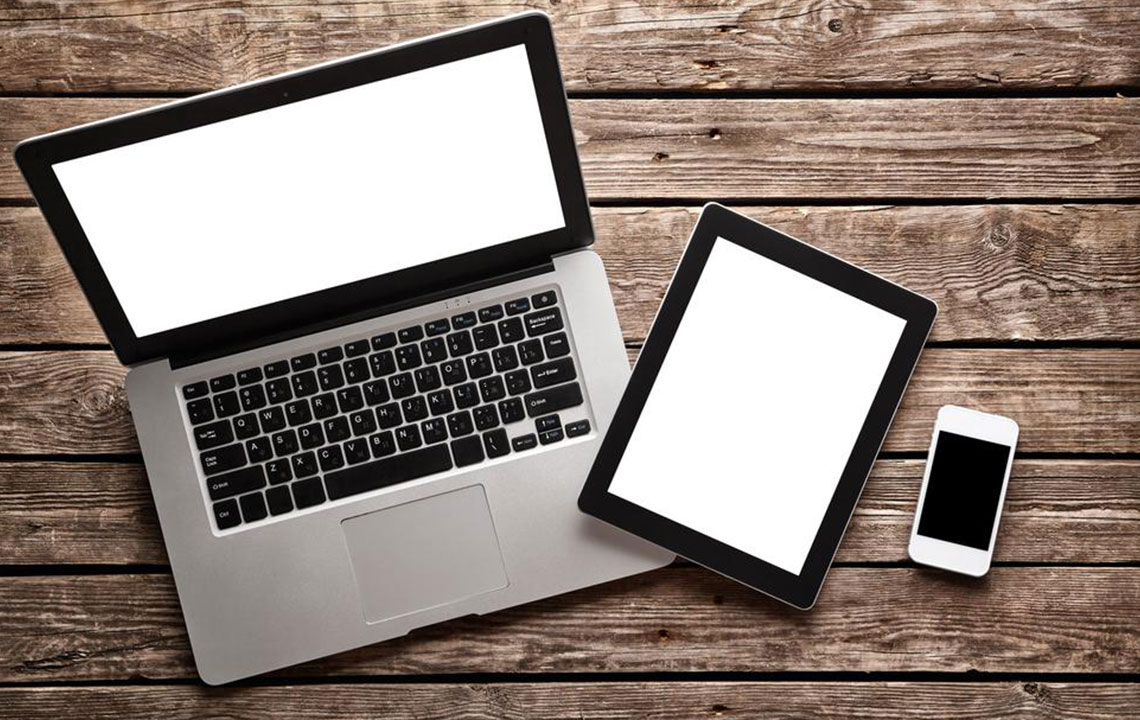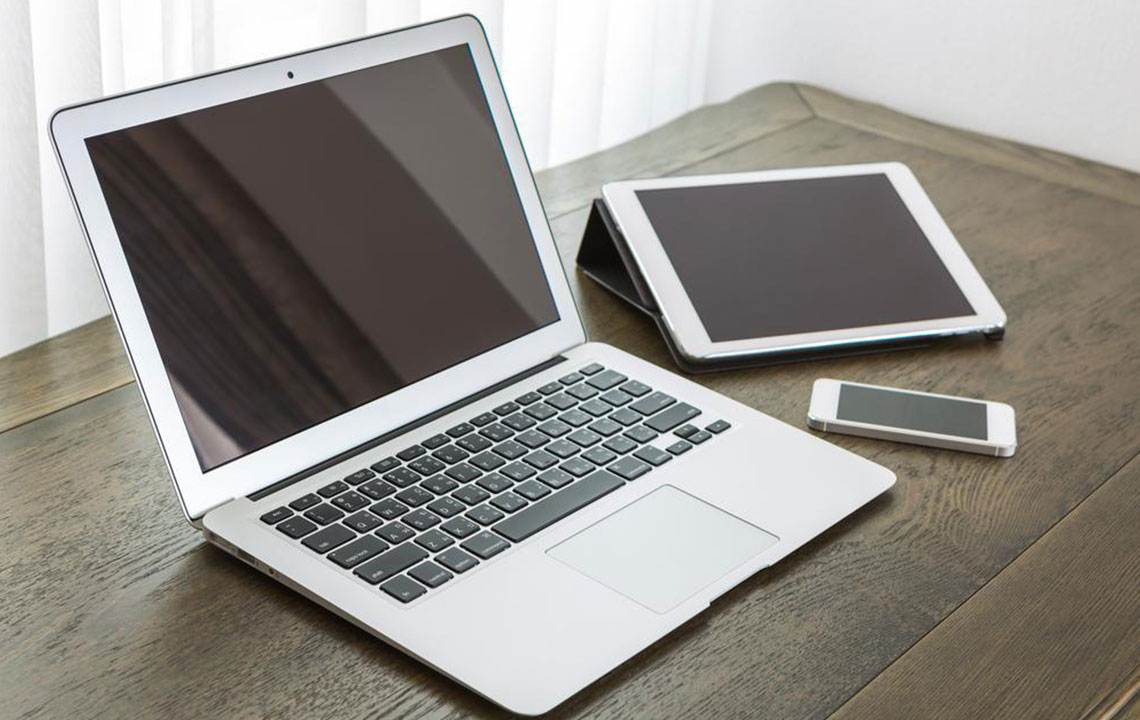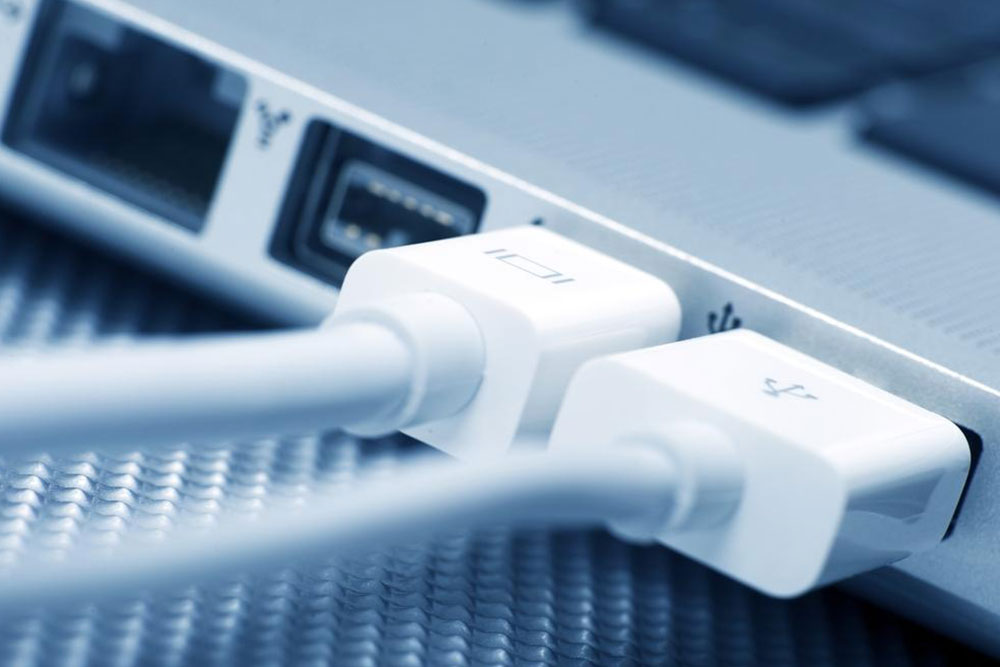Comprehensive Guide to Choosing the Best Refurbished Laptop for Your Needs
Discover comprehensive tips for selecting a high-quality refurbished laptop. From assessing hardware and software to warranty considerations, this guide helps you make informed decisions. Save money without compromising performance by choosing the right refurbished device tailored to your needs.

Important Factors to Evaluate When Selecting a Refurbished Laptop
In today’s digital age, a reliable laptop is essential whether for work, study, or entertainment. However, purchasing a brand-new device can often be expensive, especially with high-end models that come with hefty price tags. One effective way to balance quality and affordability is by opting for a refurbished laptop. These devices have been previously owned, but they undergo thorough refurbishment processes to ensure they function almost like new. Understanding how to select the right refurbished laptop is crucial to making a worthwhile investment and avoiding potential pitfalls.
Refurbished laptops are generally restored to good working condition through repairs, replacements of faulty components, and comprehensive testing. They might be returned devices that only require cleaning, minor fixes, or cosmetic touch-ups. Often, these devices are resold at prices significantly lower than their original retail cost, making them a popular choice among students, professionals, and budget-conscious consumers. However, because standards for refurbishment and resale differ among sellers, prospective buyers must remain vigilant.
When purchasing a refurbished laptop, several key factors should be carefully evaluated to ensure you receive a device that suits your needs and offers good value for money. This comprehensive guide will walk you through essential tips and considerations, from assessing hardware condition to understanding software compatibility, so you can make an informed decision and enjoy a high-performing laptop without overspending.
Essential Criteria to Consider When Buying a Refurbished Laptop
1. Verify the Operating System and Software Compatibility
The operating system (OS) is the backbone of any laptop, affecting usability, security, and compatibility with other software. When choosing a refurbished device, ensure it runs on a recent, well-supported OS version. Modern operating systems come with critical security updates, improved performance features, and compatibility with the latest applications. If you find a refurbished laptop with an outdated OS, it could pose security risks and may not support newer software necessary for productivity or entertainment. Typically, a laptop with Windows 10 or Windows 11, or the latest versions of macOS, is preferable. Always verify that the OS is genuine and fully activated.
2. Battery Performance and Longevity
The battery health is a vital consideration, especially if you plan to use the laptop on the go. Refurbished laptops often come with batteries that have experienced some degree of wear and tear. Check whether the battery is original or replaced, and inquire about its capacity and charge cycle count. A battery that can hold a good charge ensures longer portability and productivity without frequent recharging. If possible, request a test of the battery's performance or a report showing its current health status. Replacing a battery can be costly or inconvenient, so prioritizing a device with a healthy, reliable battery is recommended.
3. Adequate Memory (RAM) and Storage
Memory (RAM) directly impacts how smoothly a laptop can perform multitasking and handle demanding applications. Identify your typical workload—if you use resource-intensive programs such as video editing software, 16GB or more of RAM may be necessary. For casual browsing, document editing, or media consumption, 8GB may suffice. Ensure the refurbished laptop has enough RAM to meet your usage. Similarly, evaluate storage capacity—whether SSD or HDD—based on your need for space and speed. SSDs offer faster boot times and quicker data access, improving overall performance.
4. Physical Inspection for Damage and Wear
Assess the physical condition of the device thoroughly. Look for scratches, dents, or cracks on the exterior. Check the hinges, keyboard, ports, and screen for any damage that could impair functionality. Minor cosmetic imperfections are common in refurbished devices but should not affect the laptop's performance. Power on the device to test the display and ensure it is free from flickering, dead pixels, or discoloration. Also, verify that ports, Wi-Fi, and Bluetooth features work correctly. A well-maintained device with minimal cosmetic issues can provide a reliable user experience for years to come.
5. Warranty and Return Policies
Buying from reputable sellers that offer warranties and return options adds a layer of security. A warranty typically covers repairs for a specified period if the device develops faults. Return policies allow you to test the laptop after purchase and return it if it does not meet your expectations or has undisclosed issues. Carefully read the terms regarding coverage, duration, and what is included to avoid unpleasant surprises.
6. Accessories and Additional Features
Some refurbished laptops may be sold without essential accessories such as chargers, adapters, or cables. Confirm what is included in the package. While buying a separate charger can add to the overall cost, ensure that the device can be effectively used out of the box. Additionally, consider features like backlit keyboards, display resolution, connectivity options, and webcam quality based on your needs.
In conclusion, purchasing a refurbished laptop is a smart way to access high-quality devices at a fraction of the cost of new ones. By carefully evaluating OS compatibility, battery health, hardware specifications, physical condition, and seller policies, you can select a device that offers excellent performance, reliability, and value. Doing your research and understanding the subtle differences among refurbished units will empower you to make an informed choice and enjoy a budget-friendly yet powerful computing experience.





